ライフスタイル
【#4】イン・アザー・ワーズ,シカゴ.
2021年12月6日
text & illustration: Korey Martin
translation: Catherine Lealand
夜のギャラリー。
あなたはシカゴに来て4日目で、最後の夜だと思ってほしい。Roger Brown Study Collectionで、あなたはシカゴ・イマジストやジョセフ・E・ヨーカムの作品を鑑賞する。Intuit Centerでは、ヘンリー・ダーガーの壮大なファンタジーの挿絵を時間を忘れて眺めたため、北へ急行してシカゴ歴史博物館でビビアン・マイヤーのストリートフォトを見る。中西部の野生の柿(電子レンジで温めたバナナのような深くて甘い味がする)を味わっていると、突然、シカゴの猛烈なピンク色の夕日が黒くなり、ナトリウムの街灯があなたの着ていたダッフルコートをオレンジ色に染めていく。そぞろ歩きながら、最後のギャラリーとして家とライトアップされたインテリアを目にしたあなたに、その光が窓の向こう側により多くの何かがあることを知らせてくれる。タータンチェックのマフラーに少しだけ深く鼻をうずめながら、あなたが何気なく窓を覗いたそこは、僕の家だ。
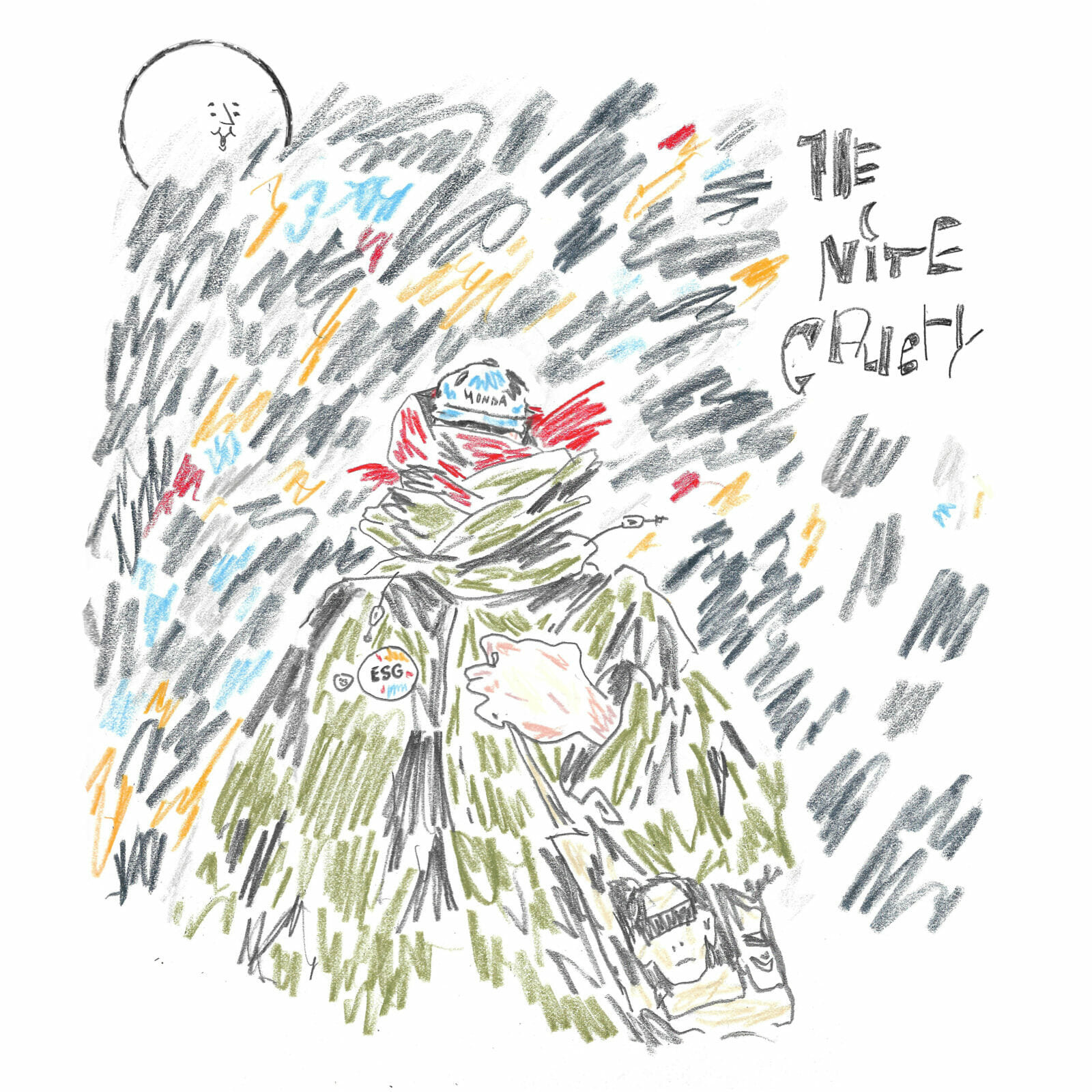
シャッターが下りたミシガン湖畔のリゾート地で使われていた、1920年代のビーチチェアがまず目に入る。棚やテーブルにはシトロングリーンの瓶が並び、その中のひとつにはオキナグサが挿してある。バスルームの壁には、ウィスコンシン州はディッカリービル洞窟のポストカードや、へたくそなうちの猫の肖像画をはじめ、さまざまな種類の儚い印刷物が貼られたり、掛けられたりしている。子供向けの本が並んでいる隣では、傾いているイサムノグチのランプの光が、ジャズアルバムのジャケットとチーク材のネズミの影を調和させている。廊下に吊るされているのは、抽象的な走り描き、いや、ヘッドライトか?
あなたは褪色した風景画に気づき、信じられないことに、その空が”Kathy Loves Dan”なるメッセージで汚されているのを見るだろう。あなたは僕がそれを他人の家から持ち帰ったことも、僕がキャシーを知らないこともなぜか知っていて、もちろんあなたも知らないので、疑問を口にせざるを得ない。「キャシーが描いたの? それかキャシーの気持ちを疑った誰か? 真面目なの? 悪意があったの? なによりダンはキャシーを愛しているの?」と。
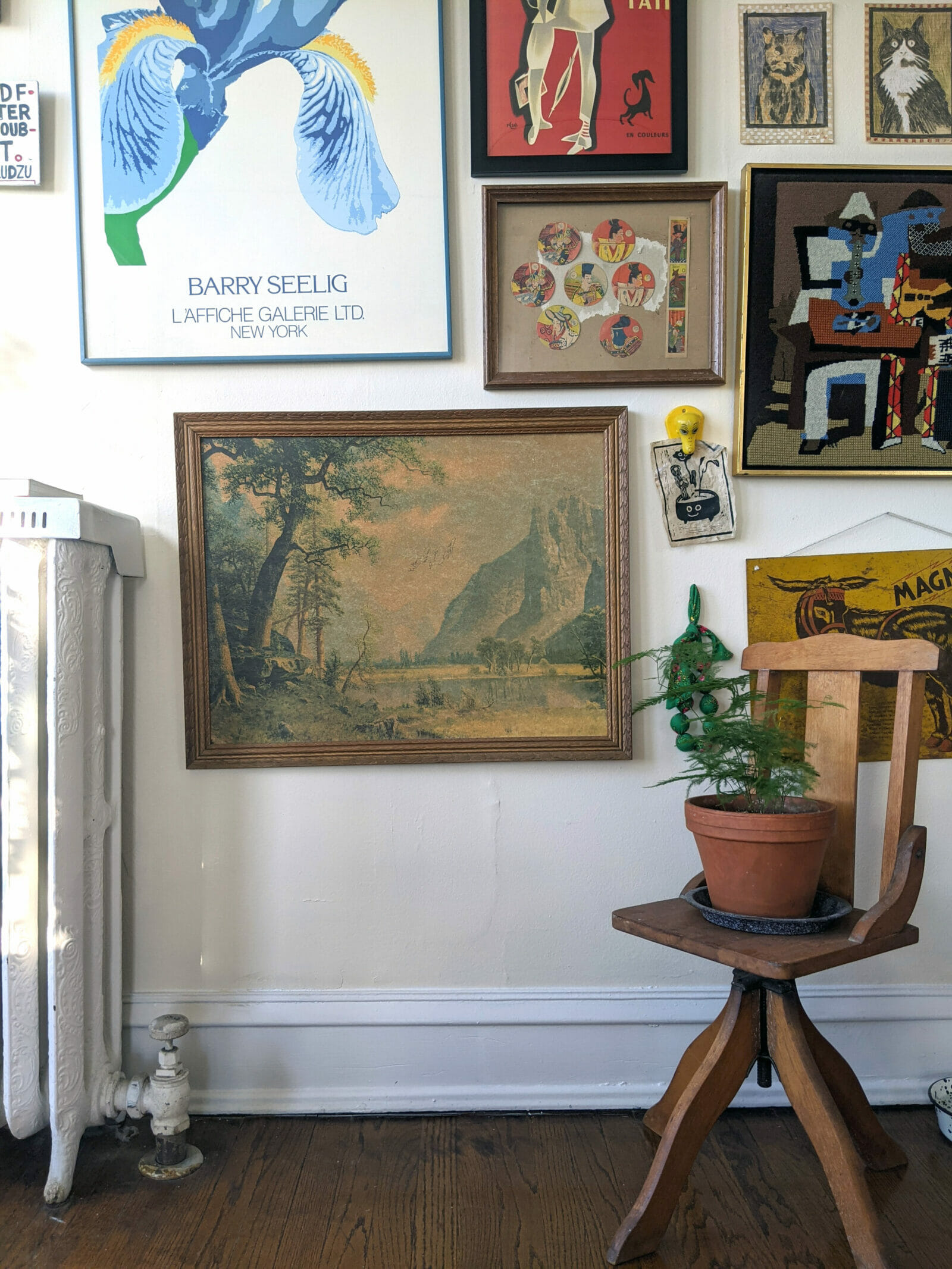
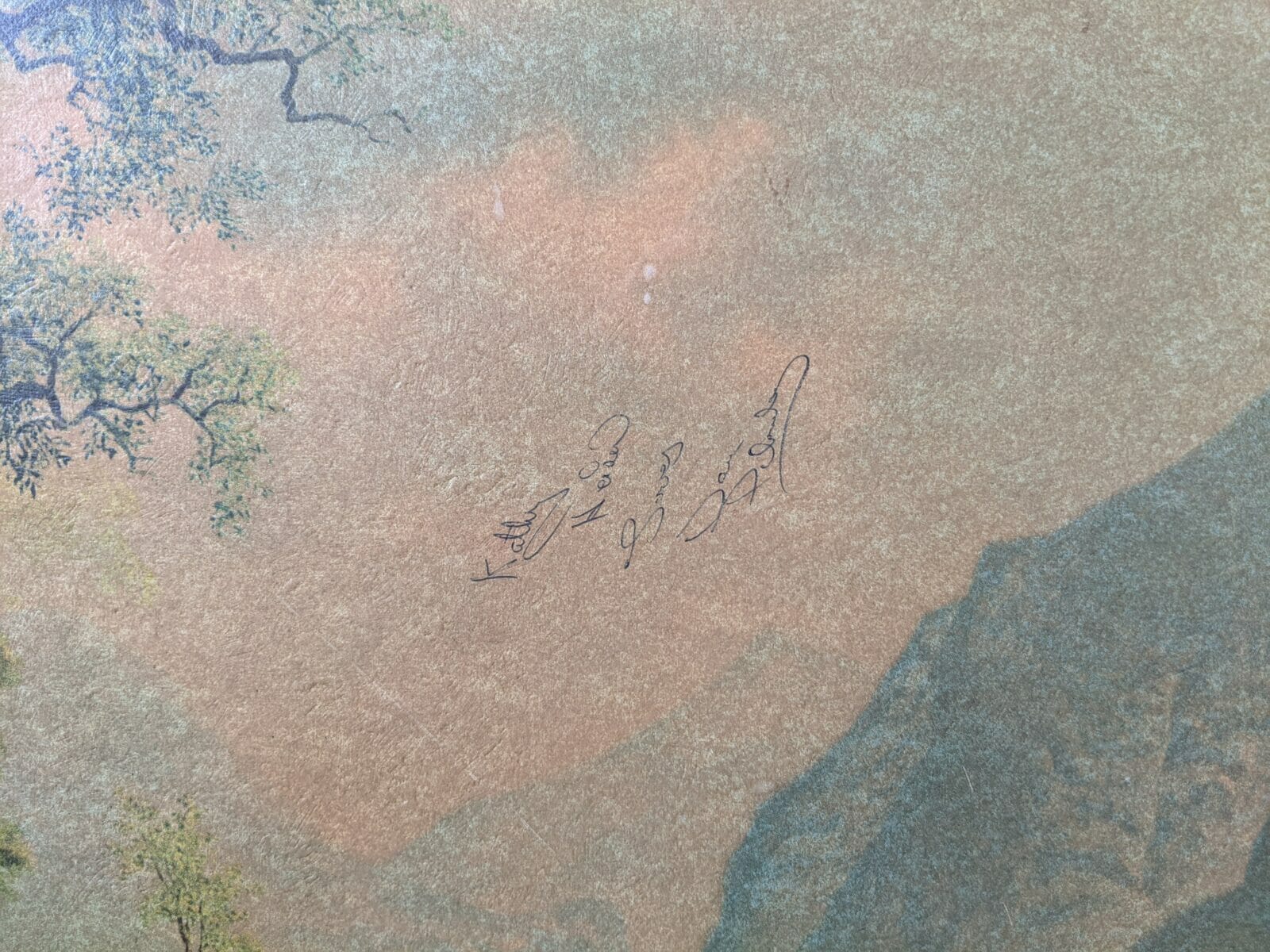
次に、目にするのは「M→A→X」と書かれた野球ボールだ。僕が見つけてきた、雑多なものが詰められたジップロックの中に。もしかしたら、あなたは世界的に有名な野球選手かもしれないし、その文字列を難なく解読できるかもしれない。あるいは、そうではないかもしれない。「この文字列はプレーヤーに何をしろと言っているのか? 誰かの名前なのか?」。
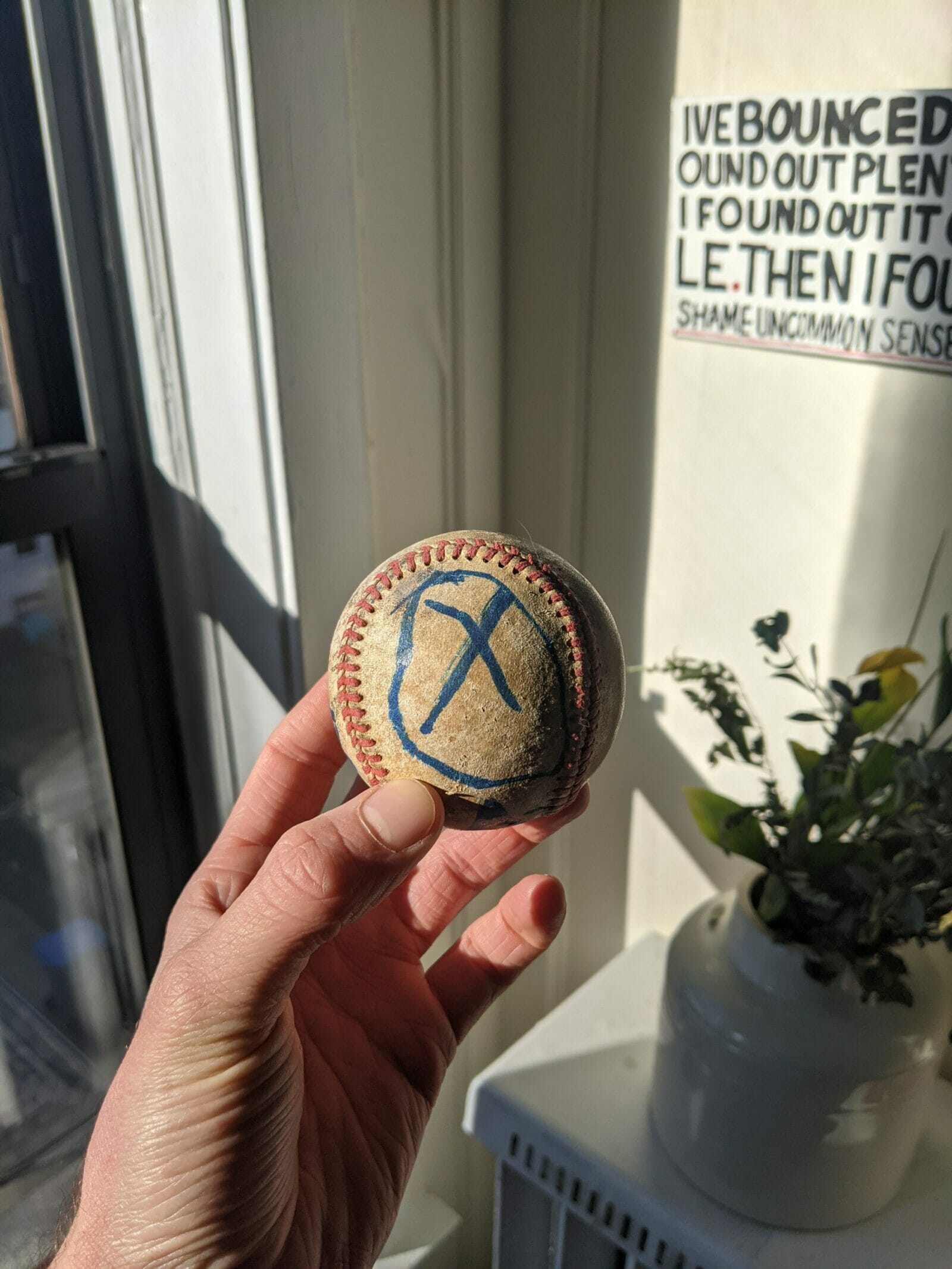
絵画と愛、野球ボールと文字列。これらの物体は、認識できると同時に謎めいている。誰かにとってはどんなに見慣れないものであっても、誰かにとっては身近な存在なのだ。キャシーの愛は隠されているが、目の前にあるのは明らかであり、絵画はそこにある以上のものを示唆する。謎は、野球ボールの擦れた革や絵画のひび割れたニスのように、何かの親しみやすさを表すもうひとつの”意味するもの”になる。親しみやすさと謎は渾然一体となって人生から出現して人生を説明し、その輪郭を描き出すのだ。
考えるのは馬鹿げているかもしれないけれど、僕は当たり前のことに戸惑うのがとても楽しい。それは期待vs現実という形のユーモアだ。オチはないし、遭遇した現実は何も明らかにはしてくれない。無表情な印象だ。それは美しいとか醜いとか、奇妙だとか平凡だとかを超えている。たとえ詳細がわからなくても、それでいいだ。
シカゴで過ごした4日間の最後の夜、あなたは僕の家の窓をちらっと見た。キャシーの愛と野球ボール、ジャンクヤードと地下室の方程式、ラングラー、コミック、そしてシカゴの街もそうだが、あなたはもっと多くのものを知るために十分なものを見たのだ。
英語版
↓
The Nite Gallery
Pretend it’s your fourth and final night in Chicago. At The Roger Brown Study Collection you saw work by the Chicago Imagists and Joseph E. Yoakum. While at the Intuit Center, you lost all sense of time gazing at illustrations from Henry Darger’s epic fantasies before rushing north to see Vivian Meier’s street photography at the Chicago History Museum. You’re savoring a wild Midwestern persimmon (which tastes deep and sweet like a microwaved banana) when suddenly Chicago’s ferocious pink sunset fades to black, queuing sodium streetlamps to light-up and tint your duffle coat orange. Seeing only enough to inform you that there is much more beyond the frames, you stroll by one last gallery of homes and illuminated interiors. Burying your nose a little deeper into a tartan scarf, you casually glance through a window–mine.
You see a 1920s beach chair from a shuttered Lake Michigan resort. Citron green bottles punctuate various shelves and tables, one of which holds a nodding chrysanthemum. In the bathroom, a medley of ephemera is variously taped or hung on the walls, including a postcard from Wisconsin’s Dickeyville Grotto and clumsy portraits of the resident cats. By a wedge of children’s books, a lopsided Noguchi lamp amends the cover of a jazz album with the shadows of teak rodents. In a hallway hangs a scribble, or is it a headlight?
You notice a tarnished landscape painting and, incredibly enough, can discern a message, “Kathy Loves Dan”, defacing its sky. You somehow know that I brought it home from a stranger’s, and you know that I don’t know Kathy, and neither do you, of course, so you wonder aloud “Did Kathy write it? Someone suspicious of Kathy’s feelings? Was it in earnest or spite? Does Dan love Kathy?”
Then you see this baseball marked with “M → A → X” and somehow know that I found it amongst miscellaneously filled ziploc bags. Maybe you’re a world famous baseball player and effortlessly decode the diagram. Maybe you’re not, and a series of questions come to mind. “What is this diagram telling the player to do? Is it someone’s name?”
Paintings and love, baseballs and diagrams: these objects seem simultaneously recognizable and mysterious. However unfamiliar they may be, they are intimately familiar with someone. Kathy’s love is hidden, yet blatantly obvious and the painting shows just enough to suggest there’s more. Mystery becomes another descriptor alongside the baseball’s scuffed leather or the painting’s cracked varnish–a part of something’s familiarity. Together, familiarity and mystery emerge from life to describe it, to draw its contours.
Maybe it’s silly to ponder them, but I take great joy in being stumped by obvious things. It’s humor–expectation versus reality–only, there’s no punchline and the reality you encounter doesn’t reveal much of anything. It’s a deadpan impression. It’s beyond beautiful or ugly, strange or mundane. It is what it is, even if the details elude you.
On this night, your last of four in Chicago, you glanced through my window. Like Kathy’s love and baseball, junkyards and basement equations, Wranglers, comics, and the city of Chicago, you saw just enough to know there is much more.
プロフィール
Korey Martin
ピックアップ
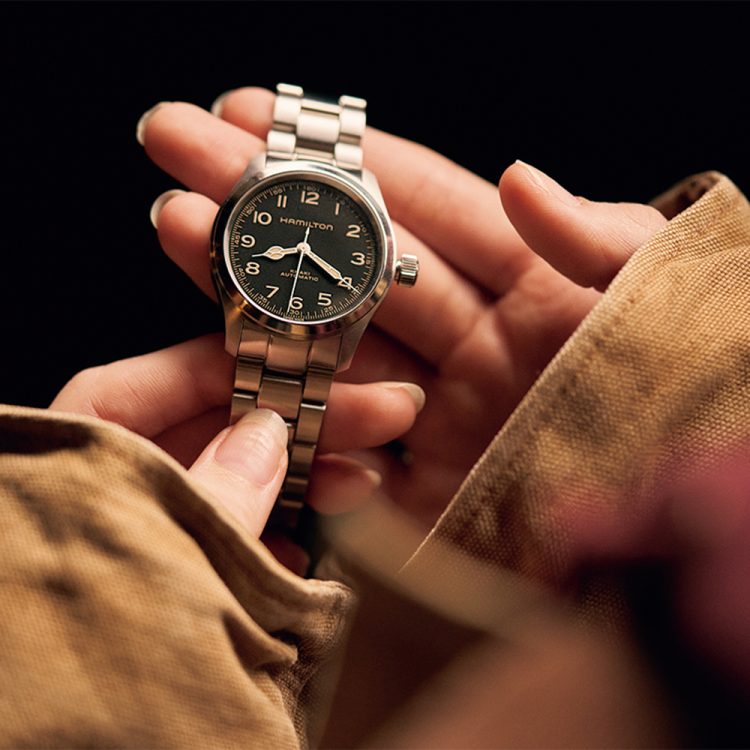
PROMOTION
〈ハミルトン〉と映画のもっと深い話。
HAMILTON
2024年11月15日
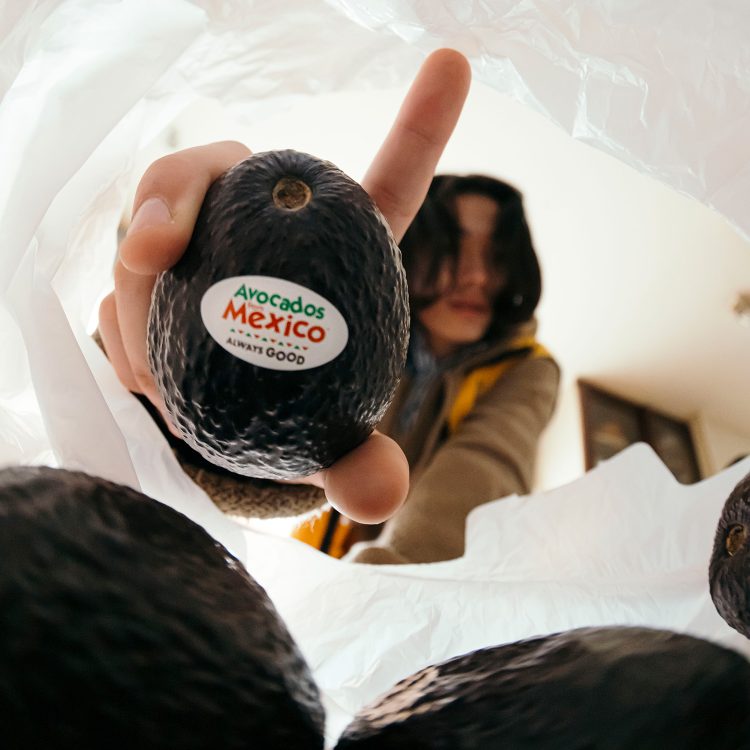
PROMOTION
メキシコのアボカドは僕らのアミーゴ!
2024年12月2日
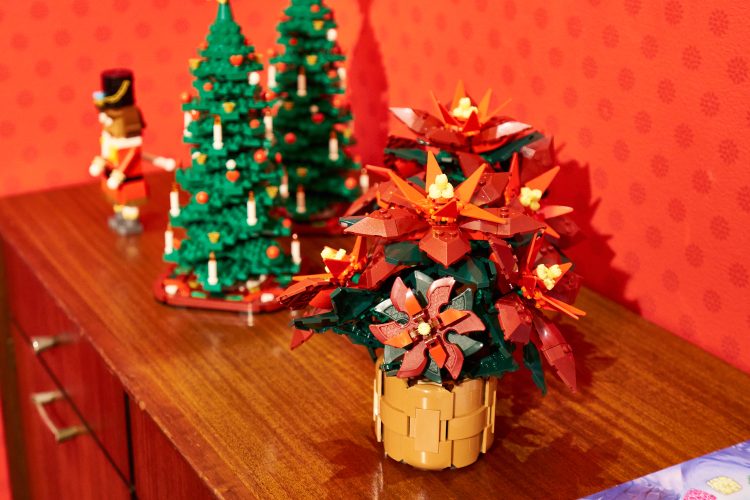
PROMOTION
ホリデーシーズンを「大人レゴ」で組み立てよう。
レゴジャパン
2024年11月22日
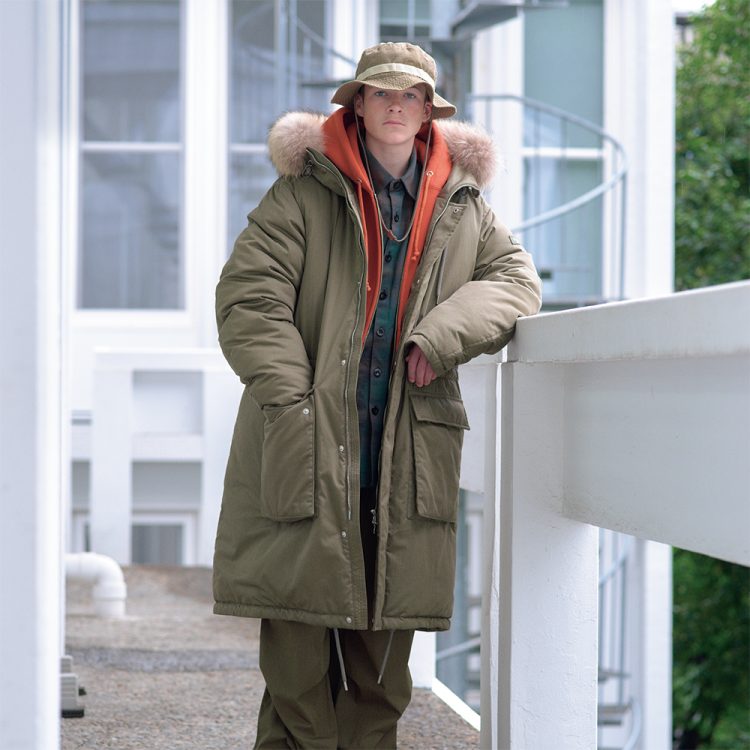
PROMOTION
うん。確かにこれは着やすい〈TATRAS〉だ。
TATRAS
2024年11月12日

PROMOTION
レザーグッズとふたりのメモリー。
GANZO
2024年12月9日

PROMOTION
胸躍るレトロフューチャーなデートを、〈DAMD〉の車と、横浜で。
DAIHATSU TAFT ROCKY
2024年12月9日
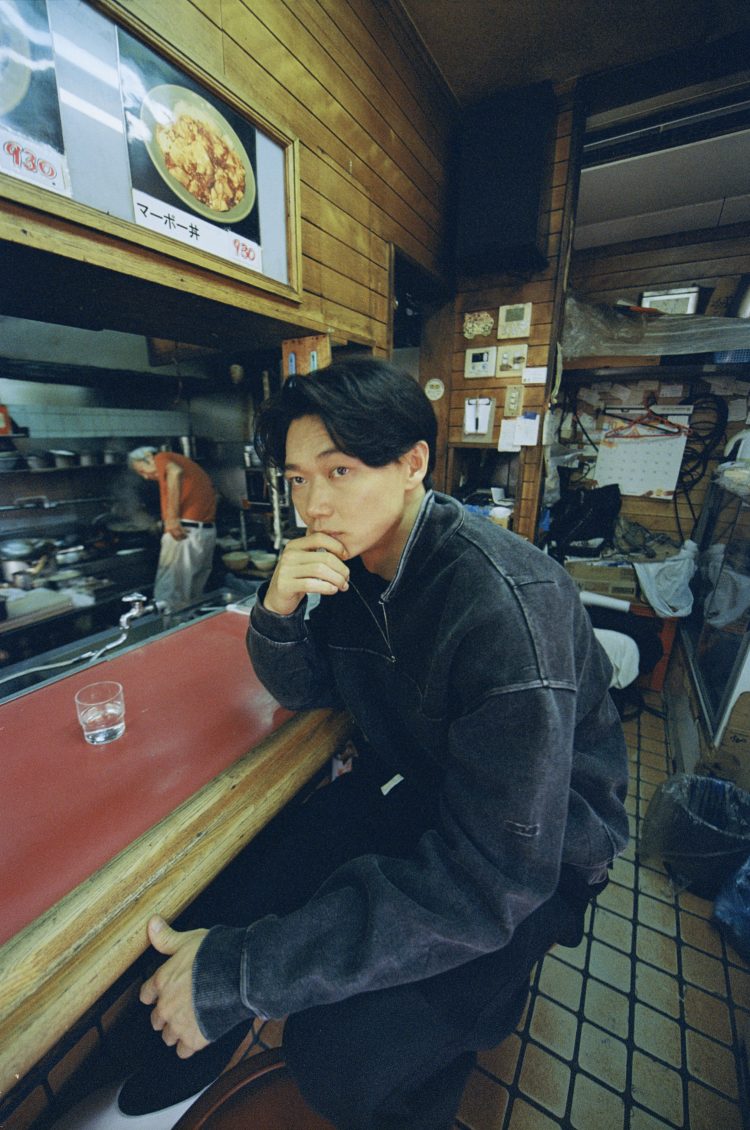
PROMOTION
この冬は〈BTMK〉で、殻を破るブラックコーデ。
BTMK
2024年11月26日

PROMOTION
「Meta Connect 2024」で、Meta Quest 3Sを体験してきた!
2024年11月22日
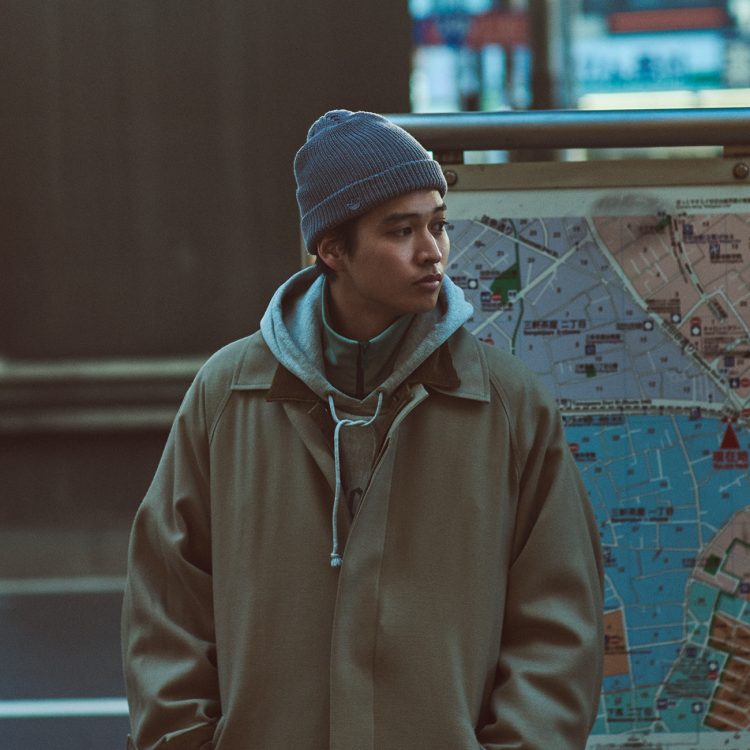
PROMOTION
〈adidas Originals〉とシティボーイの肖像。#9
高橋 元(26)_ビートメイカー&ラッパー
2024年11月30日
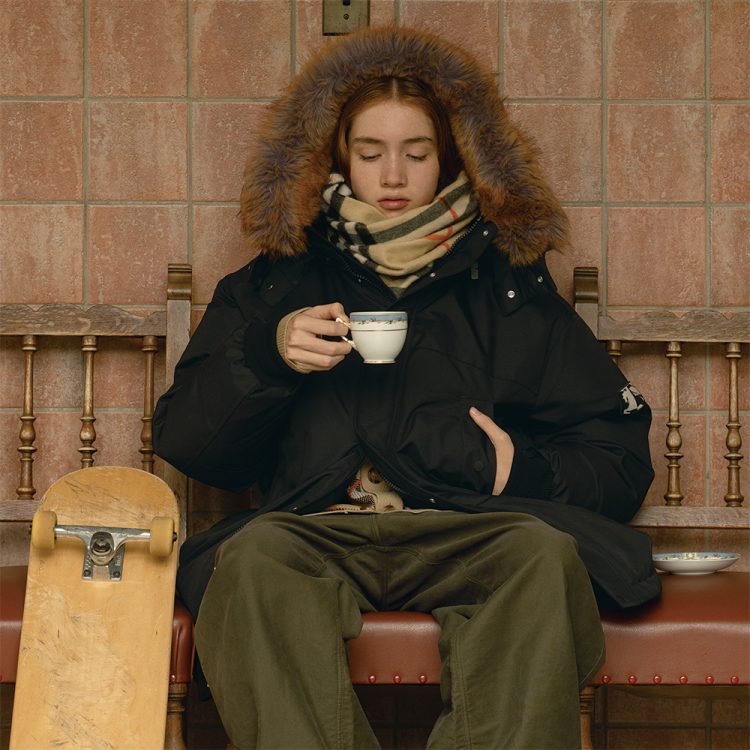
PROMOTION
〈バーバリー〉のアウターに息づく、クラシカルな気品と軽やかさ。
BURBERRY
2024年11月12日
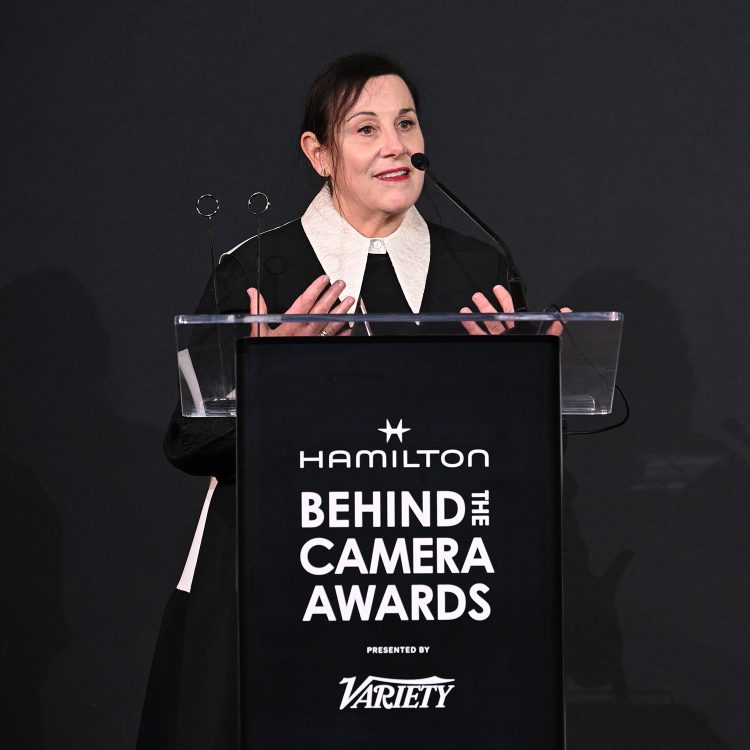
PROMOTION
〈ハミルトン〉はハリウッド映画を支える”縁の下の力持ち”!?
第13回「ハミルトン ビハインド・ザ・カメラ・アワード」が開催
2024年12月5日
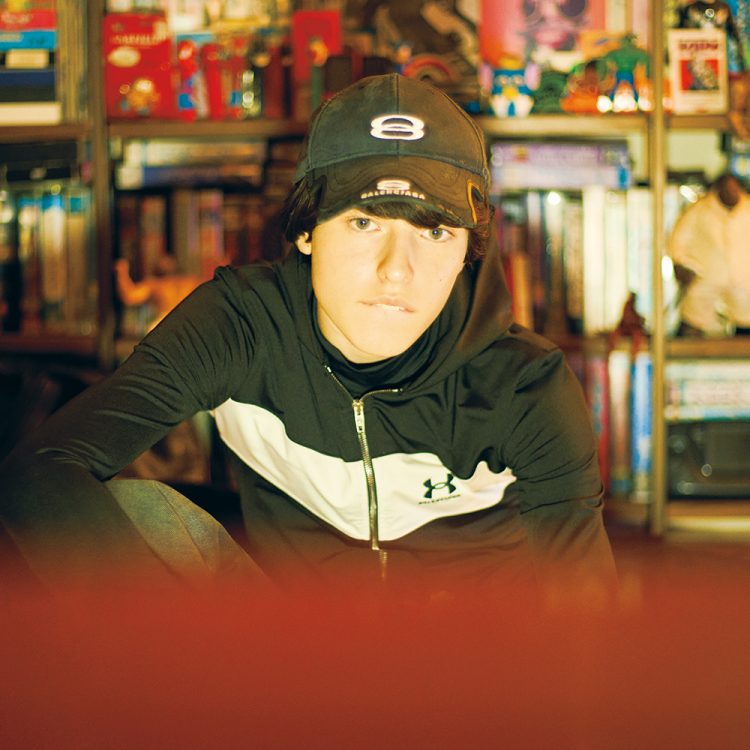
PROMOTION
〈バレンシアガ〉と〈アンダーアーマー〉、増幅するイマジネーション。
BALENCIAGA
2024年11月12日
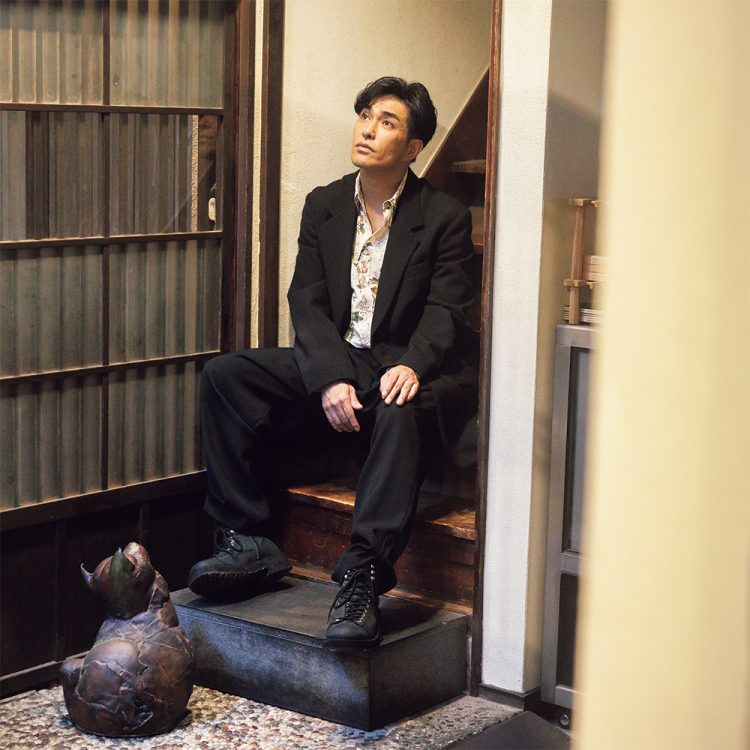
PROMOTION
人生を生き抜くヒントがある。北村一輝が選ぶ、”映画のおまかせ”。
TVer
2024年11月11日

PROMOTION
〈ティンバーランド〉の新作ブーツで、エスプレッソな冬のはじまり。
Timberland
2024年11月8日

PROMOTION
タフさを兼ね備え、現代に蘇る〈ティソ〉の名品。
TISSOT
2024年12月6日